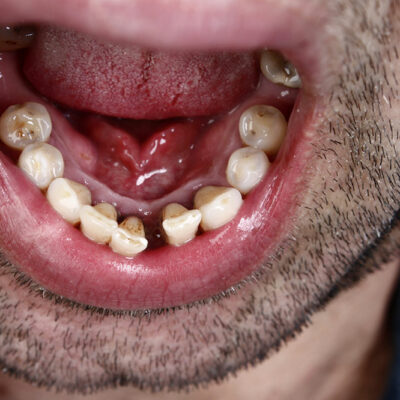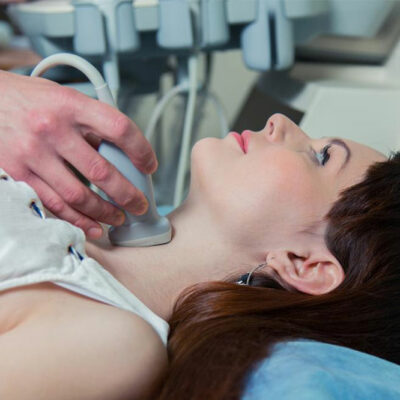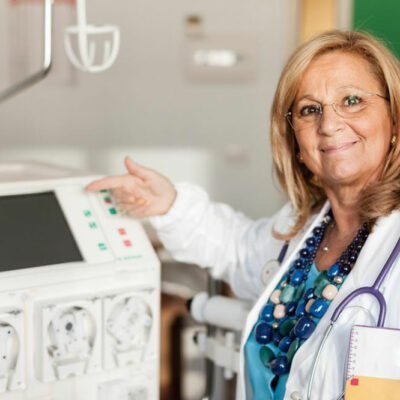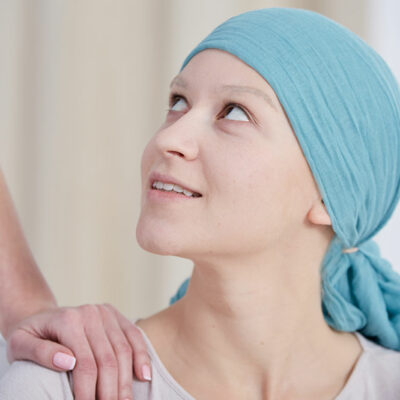
Health
Spinal Muscular Atrophy and Ways to Treat It
A genetic disorder of motor neurons that are responsible for controlling muscle movements is known as spinal muscular atrophy. Although this disorder is related to muscle weakness, it is called as such because the nerve cells which control the muscle movement are located in the spinal cord. It is a rare genetic disorder and can affect anyone, but it usually affects infants when both parents have the same damaged gene. The brain stops sending messages to muscle cells, causing weakness and an inability to control body movements like standing, walking, swallowing or even breathing without support. It can be classified into four types and the severity of this disorder depends on the type of spinal muscular atrophy a person is suffering from. Blood tests, biopsy, and electromyography are some ways to diagnose the condition. There is no cure available for this disorder but treatment options for spinal muscular atrophy can help in preventing and managing it. Here are some of the treatment methods that are used. Nutritional therapy A well-balanced diet is important for the overall health of the body. Nutritional imbalance can cause muscle loss and treatment options for spinal muscular atrophy must include making changes in dietary plans, taking into consideration the factors like weight and amount of nutrition required.
Read More 















